How to Stop Emotional Eating: 5 Mindset Hacks That Instantly Curb Cravings
Struggling with emotional eating? Discover five mindset hacks to instantly curb stress- or anxiety-induced cravings — empowering tips to break the cycle for good.
You know the scenario: it's late, you've had a day full of stress and anxiety, and now you're mindlessly rummaging through the pantry or fridge for comfort food — even though you're not truly hungry. Sound familiar? If stress or worry often triggers these kinds of cravings, you're not alone. Research from the University of Melbourne shows around 20% of people regularly eat to soothe negative emotions, making "stress eating" far more common than you might think. The problem is, while that chocolate or pizza may briefly numb your feelings, it doesn't resolve the stress itself — and you might end up feeling even more guilt or regret afterward.
Breaking free from this cycle isn't about more willpower or another fad diet. It's about changing your mindset. Mindset-focused tools (especially when guided by life coaching or hypnotherapy) go beyond surface habits to tackle the emotional triggers driving those cravings. In fact, mindful practices have been shown to significantly reduce stress-related eating by helping you address what's really eating at you. With the right support and mental strategies, you can curb those cravings and regain control in a healthy, empowering way.
What Is Emotional Eating & Why Mindset Matters
For many of us, stress or strong emotions can trigger sudden food cravings or a “snack attack.” Maybe you’ve noticed yourself digging into a tub of ice cream after a tough day or mindlessly munching on chips when you’re bored. That’s emotional eating – using food to soothe or escape uncomfortable feelings rather than to satisfy physical hunger. It’s more common than you might think; one Australian survey found 83% of people struggling with their weight report eating for emotional reasons. In other words, emotional eating isn’t about being “weak” or lacking willpower – it’s a coping mechanism that many people rely on.
Why do feelings send us to the fridge in the first place? When you feel upset or under pressure, your body’s stress response kicks in and releases cortisol – a hormone that ramps up cravings for sugary, fatty “comfort” foods. At the same time, eating something delicious lights up the brain’s reward pathways (in the limbic system, our emotional center), giving a quick wave of relief and pleasure. In essence, emotional eating is your brain’s quick fix to feel better. The trouble is that while food can numb stress or sadness for a moment, it doesn’t resolve what’s really bothering you – so the difficult feelings return (often with a side of guilt for overeating).
This is why mindset matters more than sheer willpower when it comes to curbing cravings. Willpower might get you through a short-term temptation, but ingrained emotional habits and stress hormones can easily overpower it. In fact, research shows comfort eating can actually bypass our normal self-control mechanisms. By contrast, shifting your mindset means changing your emotional relationship with food and stress triggers at a deeper level. When you understand your triggers and practice healthier ways to cope (with compassion for yourself instead of self-criticism), you’re addressing the root causes of emotional eating. That makes you far less reliant on willpower alone – and much better equipped to stop cravings in their tracks for good.
5 Mindset Hacks to Curb Cravings
Hack 1: Take a Breathing Break
When a craving strikes, pause and take a few deep breaths. This simple act can instantly lower stress and interrupt the urge to snack. Here’s why it works: stress hormones (like cortisol) surge when you’re upset or anxious, and they make you crave sugary, fatty “comfort”
foods. Deep breathing, on the other hand, activates your relaxation response and signals your body to calm down. In fact, experts recommend relaxation techniques such as deep breathing to manage stress-driven cravings. By calming your nervous system, you regain control over your impulses and the intense desire to eat often fades.
Try this: The next time you feel an emotional craving coming on, stop and take 5 slow, deep breaths. Inhale through your nose for a count of 4, hold for a moment, then exhale through your mouth for 4. As you breathe, picture the tension and craving leaving your body with each exhale. This focused breathing not only reduces stress but also gives you a moment to mindfully choose your next step instead of automatically reaching for food. Often, by the end of those five breaths, you’ll find the craving has diminished and you feel more centered and in control.
Hack 2: Do a Hunger Reality Check
Emotional cravings can masquerade as hunger, so it’s crucial to distinguish true physical hunger from emotional hunger. Why this works: physical hunger comes on gradually and can be satisfied with almost any food, whereas emotional hunger tends to hit suddenly and is often for very specific comfort foods. If you’ve eaten recently and your stomach isn’t actually rumbling, that urge to eat is likely emotional, not physical. Simply pausing to check in with your body can instantly curb a craving by bringing awareness. Psychologist Dr. Susan Albers suggests asking yourself, “Am I eating because I’m physically hungry, or because I’m emotionally feeling something?” that moment of honesty can shift your coping in a healthier direction. Recognising that you’re anxious, bored, or upset (and not truly hungry) empowers you to address the real need instead of feeding a feeling.
Try this: Pause and tune in before you snack. Ask yourself: “When did I last eat? Is my stomach emptiness or is this craving coming from my mind?” Rate your hunger on a scale of 1 (not hungry at all) to 10 (starving). If you’re below, say, a 5 and it’s only been an hour since a meal, chances are you’re not physically hungry. Acknowledge to yourself that “This is a craving, not hunger.” Then give it a few minutes to pass. You might drink a glass of water or step outside briefly. Often an emotional urge will peak and subside if you don’t feed it immediately. By doing this reality check, you’ll build the habit of eating in response to true hunger – and simply letting cravings go when they’re not serving you.
Hack 3: Name the Feeling (Without Judgment)
Cravings often surface to mask an uncomfortable emotion. One powerful mindset trick is to identify what you’re actually feeling – name it to tame it. This works because acknowledging the emotion behind a craving takes away its power. Often, “the only reason you’re eating right now is because of an uncomfortable emotion”, notes one dietitian. By pausing to say, “Okay, I’m not hungry, I’m actually stressed (or lonely, sad, etc.),” you’re addressing the real issue instead of mindlessly munching. Importantly, do this without self-judgment. Beating yourself up for craving cake (“Ugh, I’m so weak!”) only adds shame and guilt – extra negative emotions that fuel more overeating. Instead, practice compassionate awareness. Remind yourself that emotional eating is a common coping mechanism, and noticing your feelings is a huge step toward change.
Try this: When a craving hits, pause and ask: “What am I feeling right now?” Put a name on the emotion – for example, “I’m anxious about this deadline” or “I feel lonely this evening.” You might even jot it down or say it out loud. Next, acknowledge it kindly. Tell yourself something affirming, like: “It’s understandable I feel this way. I’m looking for comfort.” By identifying the feeling, you’ve separated the emotion from the act of eating. This simple exercise can deflate the urgency of a craving. Often you’ll find that feeling the emotion (even if it’s uncomfortable for a moment) is easier and healthier than trying to bury it in snacks. And if you catch yourself in an emotional eating episode, skip the self-criticism. Instead, take a deep breath and congratulate yourself for noticing what’s really going on – that is progress!
Hack 4: Ride the Wave (Urge Surfing)
Cravings are like waves – they rise, crest, and fall. Believe it or not, if you can ride out that peak urge without giving in, it will dissipate on its own. This mindset hack is known as “urge surfing,” a mindfulness technique that teaches you to float through a craving until it passes. Why it works: Every craving has a peak – the most intense point – and then naturally subsides. Many people never witness this because they give in at the first twinge of desire. “For every urge there will be a peak... If people give in as the urge rises, they may only experience urges as getting stronger and stronger without ever seeing that urges do pass,” explains an Australian eating disorder institute. By not automatically reaching for food, you allow the craving to crest and fade away. Even better, each time you successfully surf an urge without eating, you’re training your brain that you can survive it – and future cravings become less intense and less frequent. You build confidence with each wave you conquer.
Try this: The next time a craving hits, imagine it as an ocean wave. Instead of fighting it or immediately giving in, take a step back and observe. Notice how the urge grows stronger for a few minutes – this is the wave rising. It might feel uncomfortable, but remind yourself that it will peak and break if you wait it out. (Many people find urges start easing after about 20 minutes or less.) To help yourself through the peak, engage in a different activity: drink a cup of tea, walk around the block, play a short game on your phone – anything to distract and delay while the wave crests. You can even set a timer for 5 or 10 minutes and promise yourself not to snack until it rings. When the timer’s up, check in – chances are the craving has weakened or passed entirely. In that moment, congratulate yourself! You just rode the wave. Over time, this practice shows you that cravings are temporary sensations, not commands – you have the power to surf them without being swept away.
Hack 5: Change Your Self-Talk
Your mindset during a craving makes all the difference. Often, it’s our inner dialogue that gives cravings their strength. Thoughts like “I’ve had a rough day – I deserve this treat,” or “I can’t calm down unless I have chocolate” are common justifications when we’re emotional. But these thoughts, though understandable, can trap you in a cycle. Experts in cognitive-behavioral therapy note that many emotional eaters hold beliefs such as “If I’m upset, I deserve to comfort myself with food,” or “The only way I can calm down is by eating”. The key is to challenge and reframe these thoughts. Remind yourself that eating is a quick fix, not a true solution – in fact, turning to food whenever you’re upset only reinforces the habit and leaves the real issue unresolved. The moment you change the script in your head, the power of the craving dwindles. For example, instead of “I need ice cream to feel better,” you might tell yourself, “I’m craving ice cream because I’m stressed, but I know it won’t actually solve my stress. Perhaps a short walk or a hot shower will help me unwind.” This kind of self-talk is empowering. It flips your mindset from victim of a craving to problem-solver of your true needs.
Try this: Pay attention to the thoughts that flare up when you’re craving something. Are you giving yourself permission to eat for emotional reasons, or telling yourself you can’t cope without that snack? Take that thought and talk back to it. You might answer, “I do deserve comfort – but I deserve to be healthy and genuinely comforted, not just a sugar rush. I’ll feel proud of myself tomorrow if I find a better way.” If you’re thinking, “I can’t get through this feeling without chocolate,” counter with, “I can get through it. I’ve handled stress before in other ways.” It may help to write down a positive mantra or keep encouraging notes (even on your fridge) to remind you. For instance: “This urge will pass if I give it time,” or “Every time I resist, I grow stronger.” By coaching yourself through a craving, you transform it from an overwhelming command into just a suggestion that you have the choice to accept or refuse. Each time you successfully reframe a craving and choose a different response, give yourself credit literally tell yourself “Well done!” for resisting. This boosts your confidence and reinforces the belief that you, not the craving, are in charge.
Incorporate these mindset hacks one by one, and remember that breaking the habit of emotional eating is a journey. With practice, you’ll find that cravings no longer control you. You have the tools to handle your emotions in healthier ways, and that is incredibly empowering. By breathing, checking in with your hunger, naming your feelings, riding out the waves, and talking yourself through urges, you’re retraining your brain and breaking the old patterns. Each small victory builds momentum. Over time, you’ll experience fewer intense cravings, and when they do pop up, you’ll know exactly how to sail through them. You’ve got this – a calmer, more mindful relationship with food is absolutely within reach!
Putting It All Together With Hypnotherapy & Coaching
You’ve come a long way using the mindset hacks above – each one helping you reframe your thinking and break the cycle of emotional eating. By recognising your triggers, practising mindfulness, and treating yourself with compassion, you’ve started interrupting the autopilot urge to soothe emotions with food and put yourself back in control.
Now, hypnotherapy ties it all together by reinforcing these positive changes at a subconscious level. Hypnosis works on your beliefs and habits – helping rewire emotional triggers and automatic patterns that fuel your cravings, hypnoaustralia.com, while strengthening your self-worth and stress resilience to build healthy new associations with food. Research suggests hypnosis can improve self-acceptance and limit food cravings and emotional eating, reinforcing your new mindset.
Alongside hypnotherapy, coaching provides the guidance and accountability to turn these shifts into lasting habits. A supportive coach offers personalised guidance and strategies, helping you set goals, celebrate progress, and stay on track when old patterns creep back. That one-on-one encouragement keeps you accountable and helps turn short-term changes into lifelong habits. With someone cheering you on, you stay empowered.
At Inspired Mindset, we blend hypnotherapy and coaching to help you reshape your relationship with food. If you’re ready to take the next step, we invite you to book a free discovery call or explore our programs. Let us support you in cementing these mindset changes as you step confidently into a healthier, happier you.


















